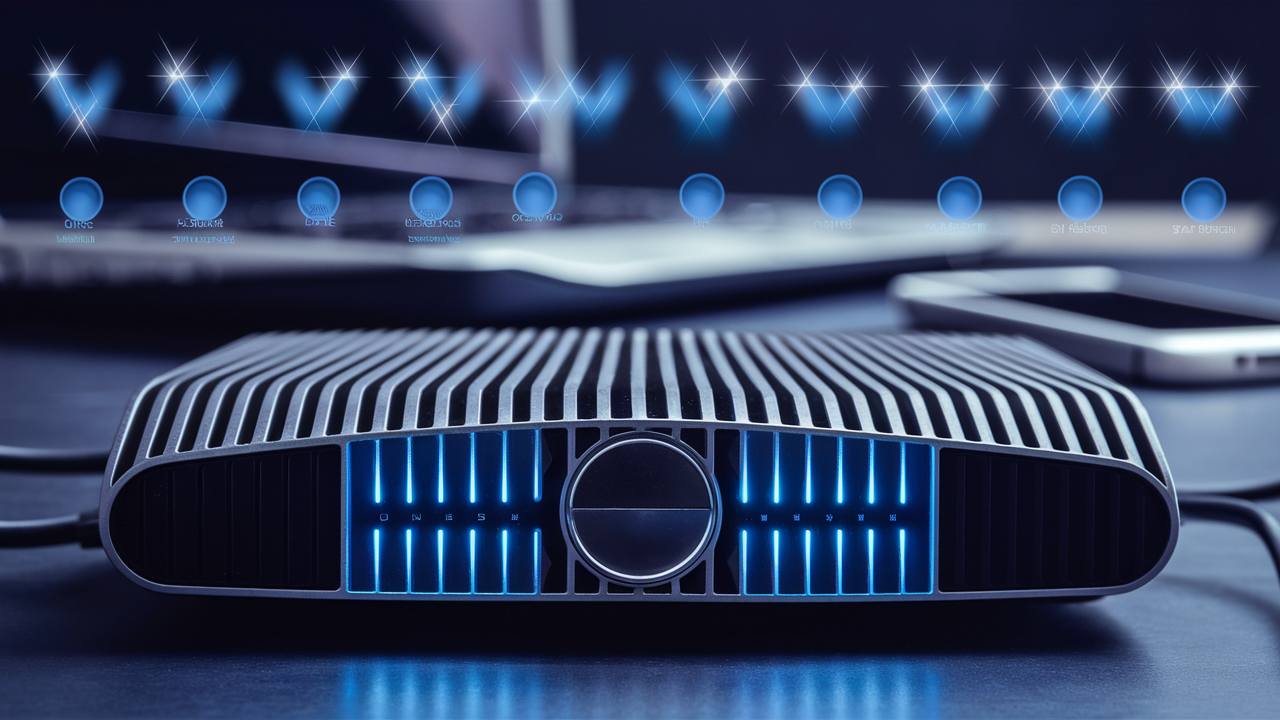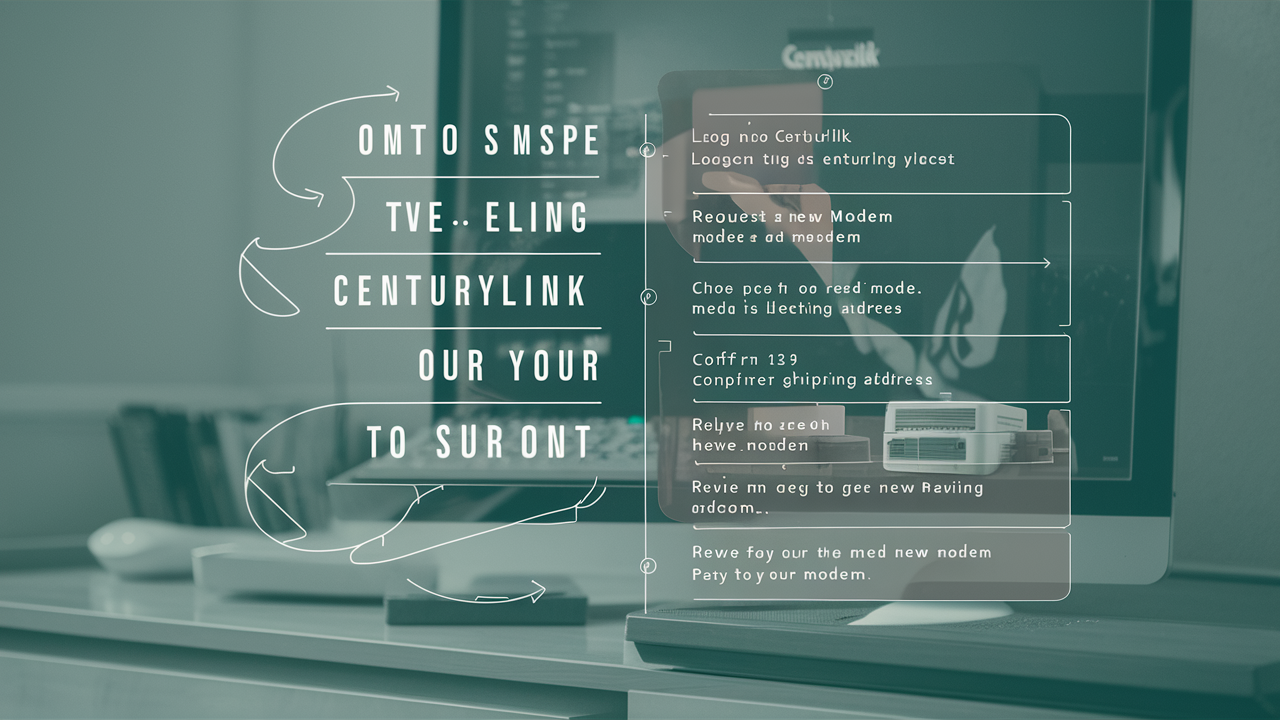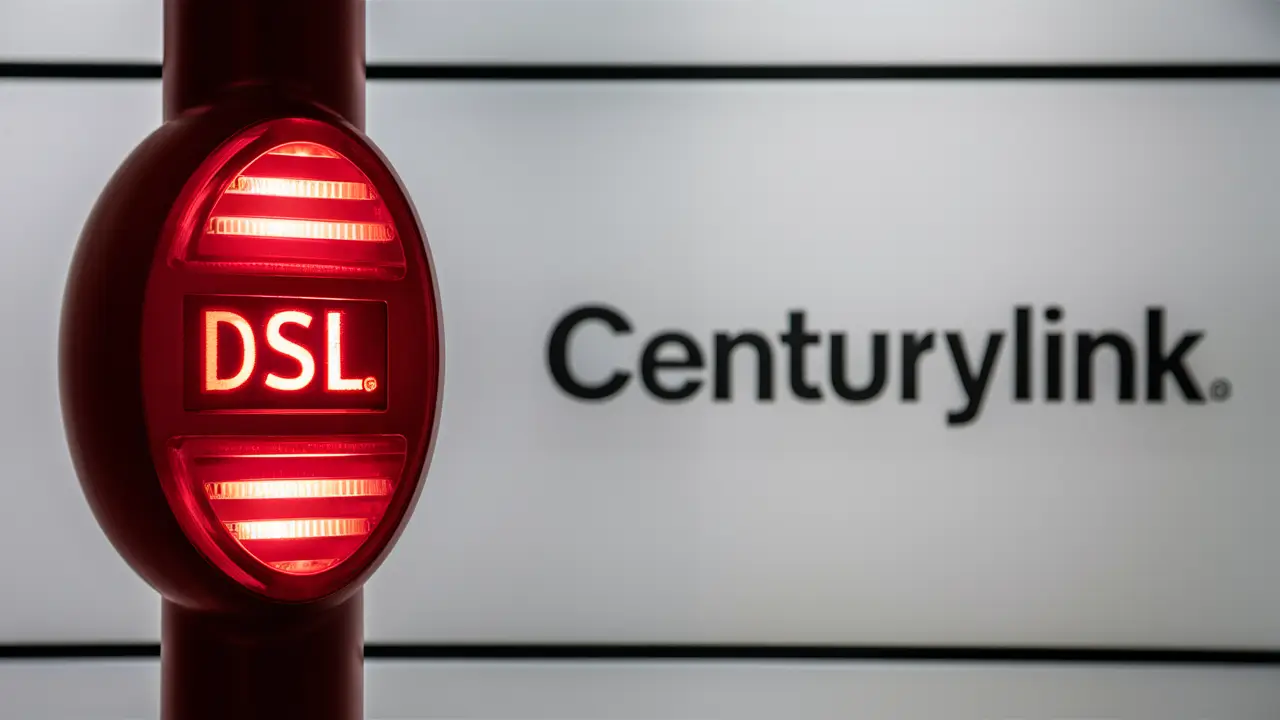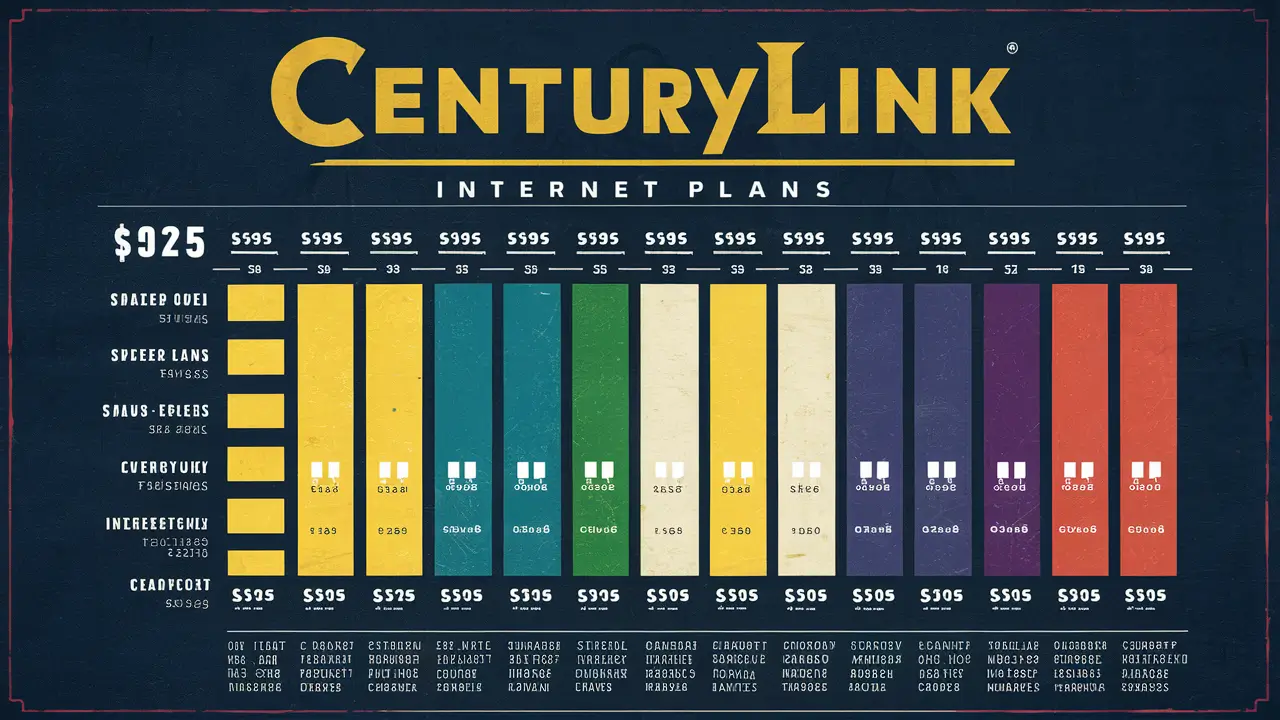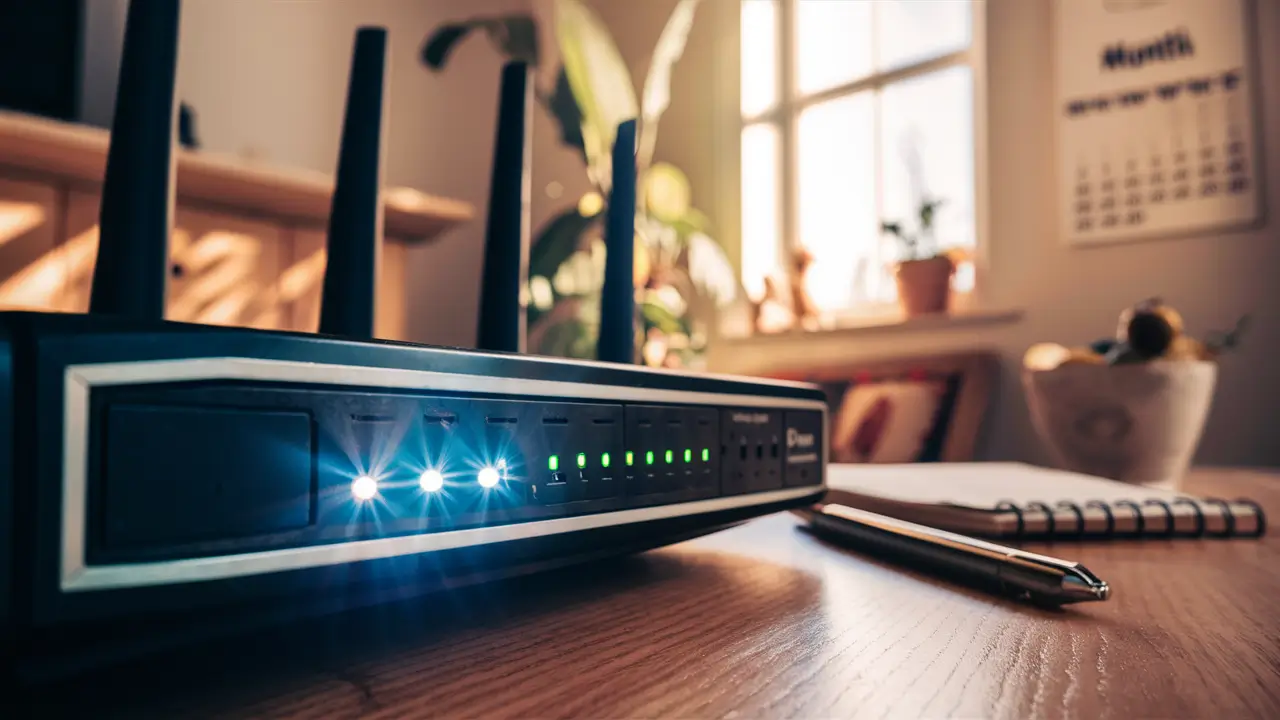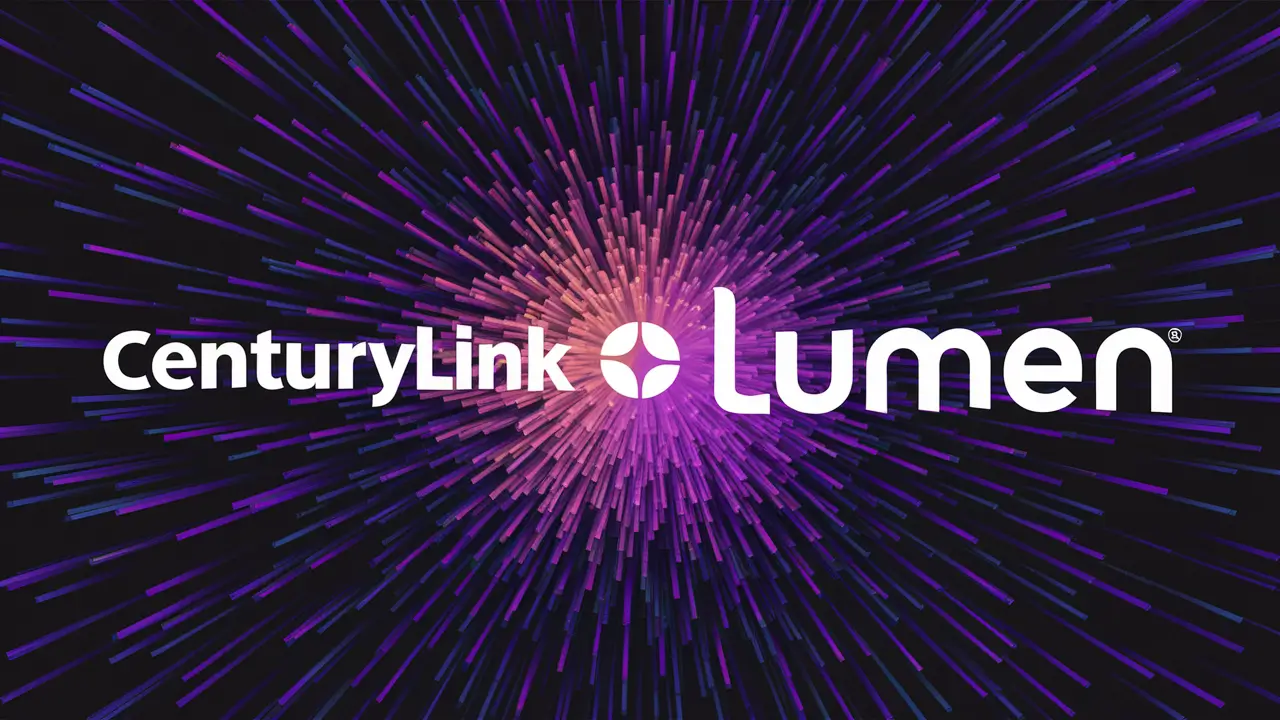Why Is Centurylink Not Working?
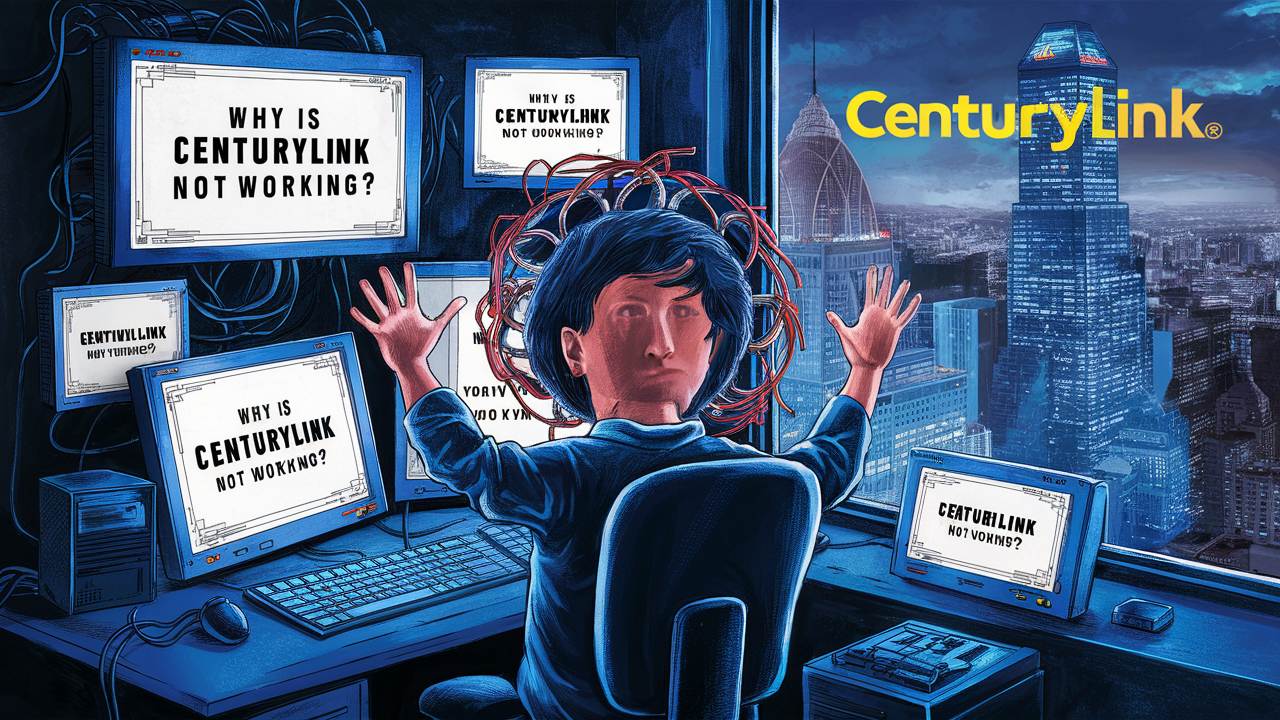
Why Is Centurylink Not Working
CenturyLink is among the leading broadband connectivity companies in the United States, providing internet, television, and home phone solutions to consumers. However, just like with any other service provider, a large number of CenturyLink users sometimes have problems with their services not functioning as expected. Below are some of the possible causes of why CenturyLink may not be working or have connectivity issues.
One of the most common reasons is an outage. Like every ISP, CenturyLink’s network can fail, which may occur due to technical issues, infrastructure damage, overload, or other factors. These outages can affect areas that have few customers or those with thousands of customers at the same instance. CenturyLink tries to resolve outages as soon as possible, however, they can take hours or even days, depending on the issue. Customers might be aware of when service could be restored by frequently checking the status on CenturyLink’s website or its social media platform.
Equipment problems can also make CenturyLink customers experience disruptions for certain individuals. Malfunctions of the company-provided modem, router, or other hardware can prevent services from operating as they should. Problems such as power outages, disconnected wires, firmware problems, or device malfunctions can disrupt connections. Customers may need to restart their device(s) to bring them back to a normal state or contact CenturyLink support to request a replacement of equipment if necessary. To reduce the amount of time lost on provided hardware, proper maintenance, and upgrading of the equipment should be done.
If CenturyLink is not working for one customer, but it is fine for the neighbors, then potential issues could be in-home wiring problems. Interference from other devices, loose connections, cables that could be damaged, or wiring that cannot support the speed purchased from the firm might affect the connectivity. Customers can have to look at the wiring or tighten connections for the ports and cables or maybe even have to install better interior phone and ethernet for DSL or fiber speeds or maybe have to call professionals to figure out the wiring issues in the house.
Network congestion that results in a slow internet connection can in effect transform CenturyLink into a very slow connection that is almost useless for heavy usages such as streaming videos, gaming, and video conferencing. It is common to find networks being overwhelmed at some time and this causes the delay, lagging, and buffering. Switching to better CenturyLink plans could reduce congestion concerns and guarantee better speeds during peak usage.
Disputes over the account, payment, and other issues can also hinder the services provided by CenturyLink if the bill is unpaid. Delays in payment lead to suspension or disconnection of the internet and telephone services being provided. Those individuals who encounter such problems need to reach CenturyLink to clear payments and reconnect services. It may be possible to avoid this by ensuring accounts are up to date through auto payments or paying by due dates.
Considering how some locations rely on old DSL technology, CenturyLink speeds could be limited by the distance. DSL bandwidth reduces progressively with distance from networking equipment and while some households in rural areas or far from central offices can experience speeds that affect functionality, they are slower than expected. It is possible that upgrading more remote areas to fiber optics can be beneficial in the future in terms of reliability and performance.
CenturyLink’s physical telecommunications network can be affected by natural disasters such as storms, fires, floods, and earthquakes to the above or below-ground structures. This explains why natural disasters, as well as emergencies that cause damage to the lines, poles, conduits, central offices, or other networking components, take a long time before services can be resumed. These force majeure events often affect many customers in the disaster-stricken areas for the affected service providers.
Other short-term interruptions may also include; Brief interruptions may also be caused by CenturyLink’s normal network maintenance or upgrades. The majority of maintenance usually happens during off-peak hours, for instance at night to avoid disruptions. However, more comprehensive maintenance works, technological conversions, new beginnings, equipment changes, and augmentation programs sometimes necessitate longer downtimes even during the most lucrative business hours of the day.
Another aspect that negatively influences CenturyLink network operation in areas of interest is increased traffic during certain occasions. Massive usage generated by events such as new software releases, new video games, software updates, and other demanding online events have constraining effects on the performance of networks. Increasing the capacity to accommodate such traffic floods might mitigate the time lost.
Regardless of the cause, CenturyLink strives to reinstate interrupted services as soon as possible while maintaining safety standards. However, various networking factors related to different equipment, structures, usage, environment, and other conditions imply that even the most dependable high-speed internet connection is not a hundred percent shielded from occasional failure. Being updated with the official announcements, proper account management, and timely reporting of issues contributes to the provision of connection for CenturyLink customers. Contacting technical support whenever necessary can also help in identifying and solving issues that affect connectivity. With constant surveillance and care from the company side as well as the subscribers’ side, CenturyLink can keep on serving its extensive territory across the United States with consistent and fast broadband.
